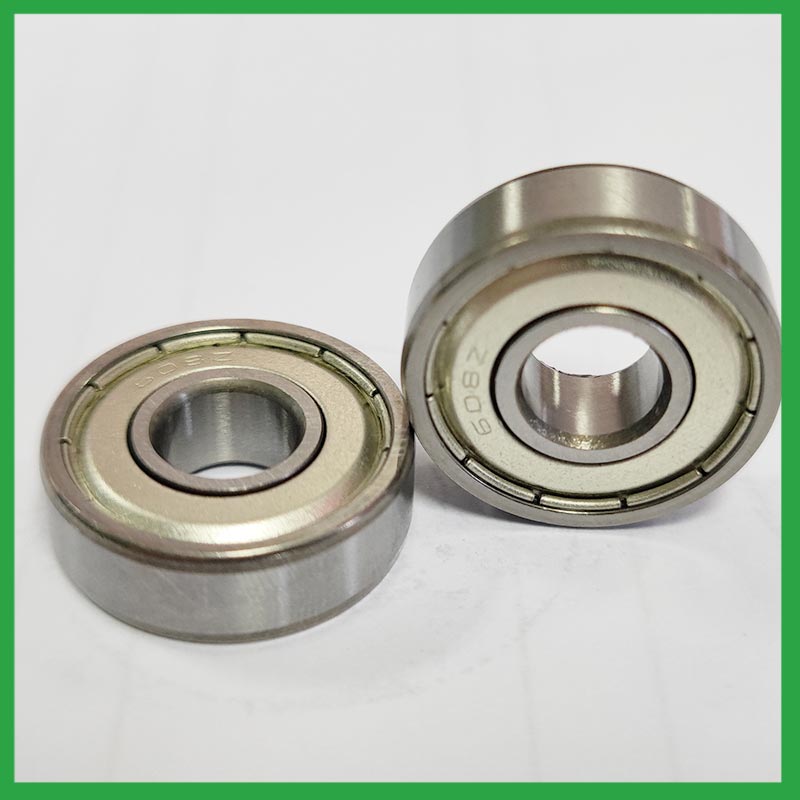PRODUCTS
CONTACT US
Ningbo Nide International Co., Ltd.
一一
· Contact person:Jack Zeng
· Mob/Whatspp/WeChat:0086-13738869026
· Email:emarketing@nide-group.com;marketing4@nide-group.com
· Add:No. 169, Wohushan Road, Daqi Subdistrict, Beilun District, Ningbo, China

Nide team could manufacture ball bearing as per customer’s drawing and samples.
If customer only has samples, we could also design drawing fo r our customer.
We also provide customized service.
Our ball bearing is widely applied the different industrials.
Ningbo Haishu Nide International Co., Ltd is specialized in bearings export production selling and after-service. In practice for many years, we established strict quality assurance system. Our products range covers fan,thermal protector,magnet,ball bearing,insulation paper,carbon brush,commutator,etc.We can do OEM products, and do following drawings.
Nide wishes is to provide world wide customers with one-stop service for the motor manufacturing. Make motor, turn to Nide, everything will be easy !
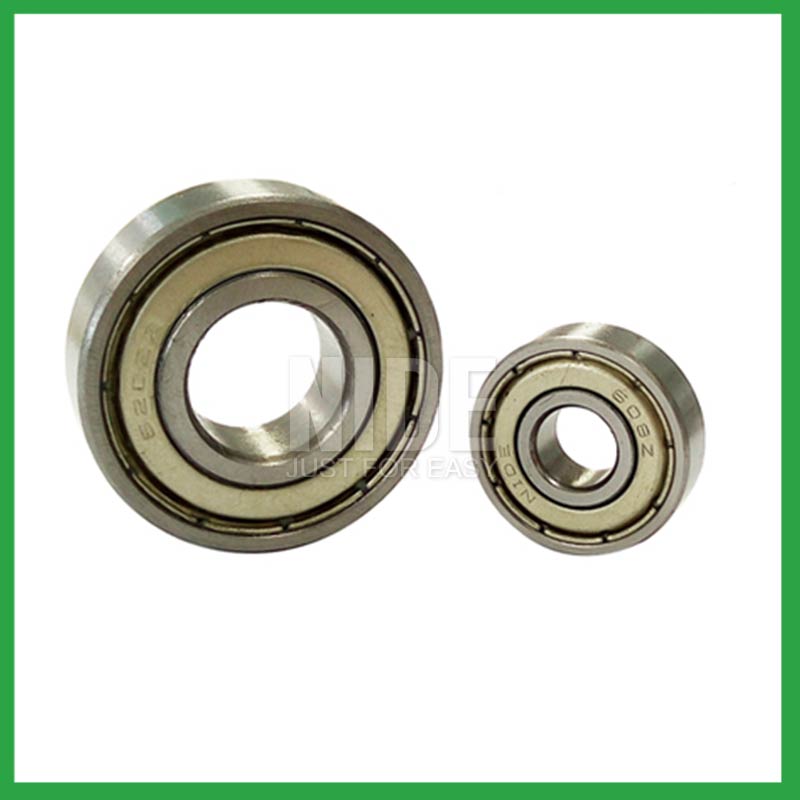
| Parameter | Information |
| Product Name | ina linear ball bearing |
| Brand Name | Nide |
| Place of Origin | Ningbo,China |
| Type | Ball |
| Material | chrome steel, etc. |
| Sample | Avaible |
| Warranty | 3months-1year |
| Lubrication | Dry/ Oil |
| Application | various industrial equipment,chemical equipment, etc. |
| Port | Ningbo/Shanghai |
| Size(mm) | customize |
| Export Country | Argentina,Brazil,South Korea,Svalbard,Chad,Saint Helena,Cameroon,Cyprus...etc |
| Export region | Africa,Asia,Oceania... |
| Certification | ISO 9001 Certification,CE-insulation paper inserting machine,ISO9001:2015 certificate,etc |
| Precision Rating | as per customer's requirement |
| Feature | Good wear resistance,High speed...etc |
| Packaging Details | Suitable for sea transportation |
| Color | white+customized |
| Seals Type | Rubber seals |
| Service | Prompt Delivery |
| Supply Ability | 100000-500000 Piece/Pieces per Month |
| Lead time (days) | 15-20 (To be negotiated) |
Please note: The above table data is for reference only. For specific information, please contact us.
ina linear ball bearing have the advantages of high efficiency,low friction coefficient,durability, and high load, and are used in main motion mechanisms and components, such as tires,automotive drive components,transmission shafts, different motion mechanisms and accessories of airplanes and motorcycles.
During the disassembly process, the outer shell should be kept intact to avoid unnecessary damage;
When replacing installation components, attention should be paid to the accuracy of the support components to prevent deformation;
During the disassembly process, attention should be paid to protecting the surface quality of the ball bearing to ensure its performance;
During the operation, attention should be paid to removing surface dust to ensure the quality of the ball bearing.
Ball bearings have many advantages, making them highly competitive in the market.
Firstly, they are very durable and have good wear performance, making their service life longer than many other types of bearings.
Secondly, they are easy to install and can provide low friction performance in various applications.
Thirdly, they require a relatively low level of maintenance, making them cost-effective.
In addition, compared to many other types of bearings, their purchase cost is relatively low, making them an economical choice.




ina linear ball bearing---FAQs Guide
2.Are there self-aligning ina linear ball bearing that accommodate misalignment and shaft deflection in rotating equipment?
3.As a ina linear ball bearing manufacturer,How Can We Guarantee Quality?
4.Can ina linear ball bearing operate in high-temperature environments like industrial ovens or furnaces, and how are they protected from heat-related damage?
5.Can ina linear ball bearing be customized with special coatings or treatments to meet specific industry standards or regulatory requirements?
6.Where can ina linear ball bearing be used?
7.What is a ball bearing?
8.Can ina linear ball bearing operate in high-speed applications, and what design features make them suitable for such conditions?
9.Can ina linear ball bearing be used in both vertical and horizontal orientations?
10.Are there ina linear ball bearing designed for extreme temperature environments, such as cryogenic or furnace applications?
11.Can ina linear ball bearing be used in vacuum or cleanroom environments, and what measures are taken to prevent outgassing or contamination?
12.About ina linear ball bearing,What about the lead time?
13.What are the common materials used in ina linear ball bearing manufacturing?
14.What is the role of ina linear ball bearing in reducing friction and energy loss in rotating machinery?
15.Are there ina linear ball bearing designed for use in critical medical equipment?
16.Are there miniature ina linear ball bearing designed for use in precision instruments and small-scale mechanisms?
1.How do cage designs affect ina linear ball bearing speed and acceleration capabilities in high-speed machinery?
In high-speed ina linear ball bearing, external load has a great effect on cage stability and sliding ratio, especially for the bearings at work in the starting process. The cage stability is worse in the beginning of the bearing starting process. The axial load greatly influences cage dynamic performance in the bearing starting process.
In addition, while ball bearings worked under steady conditions, axial load and radial load both have a great influence on cage dynamic performance. The effects of axial load on cage dynamic performance during the bearing starting process are opposite from the effects under steady conditions.
2.Are there self-aligning ina linear ball bearing that accommodate misalignment and shaft deflection in rotating equipment?
These ina linear ball bearing are particularly suitable for applications where misalignment can arise from errors in mounting or shaft deflection. A variety of designs are available with cylindrical and taper bores, with seals and adapter sleeves and extended inner rings.
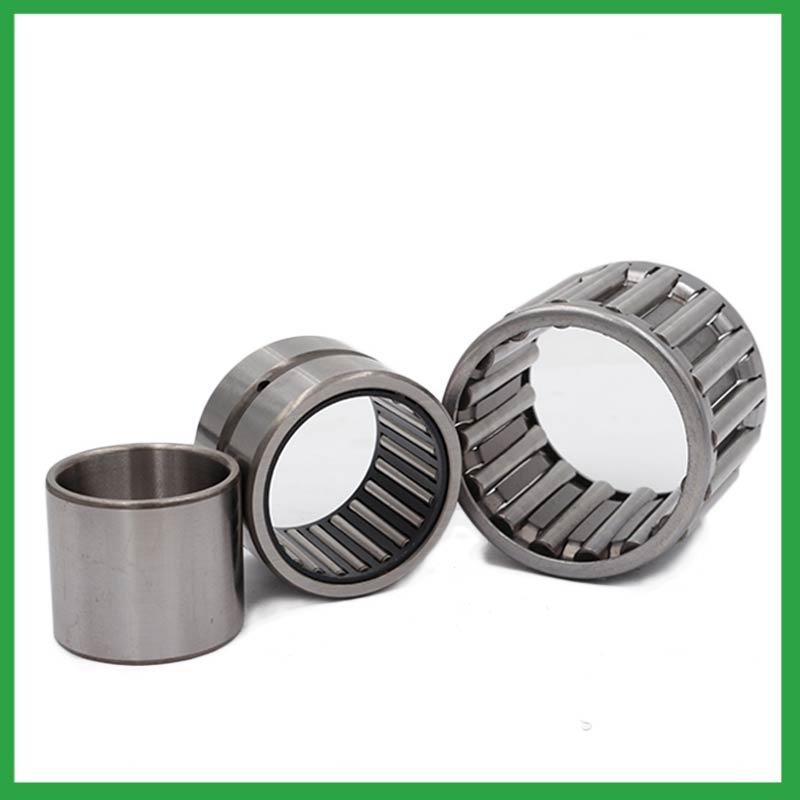
3.As a ina linear ball bearing manufacturer,How Can We Guarantee Quality?
Always a Pre-production Sample Before Mass Production;Always Final Inspection Before Shipment.
4.Can ina linear ball bearing operate in high-temperature environments like industrial ovens or furnaces, and how are they protected from heat-related damage?
ina linear ball bearing are capable of working at temperatures up to +842°F (+450 °C). Special lubricants, seals and coatings make this possible by protecting the ball bearings from heat damage.
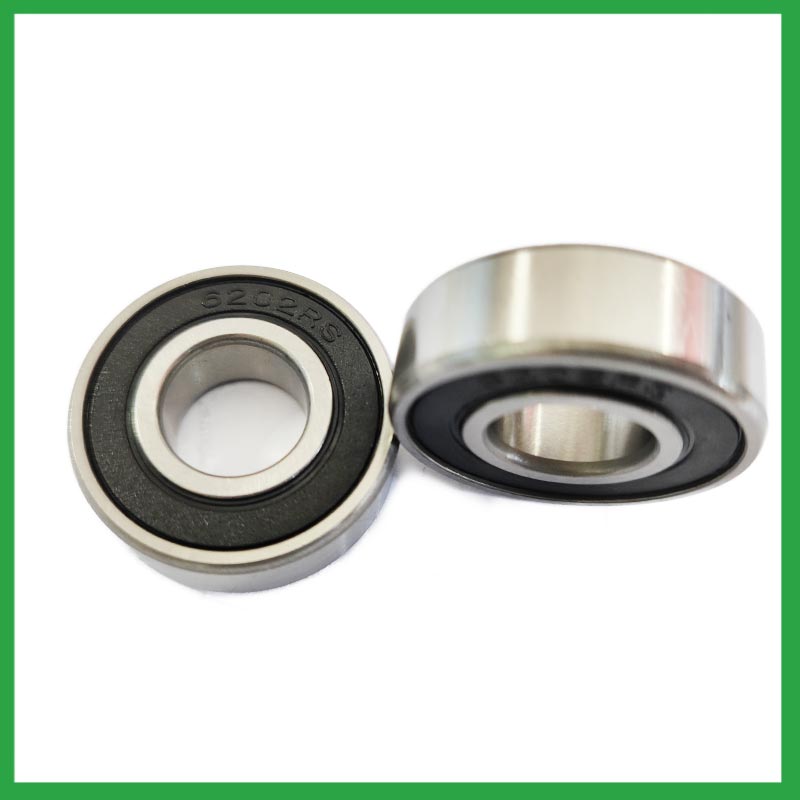
5.Can ina linear ball bearing be customized with special coatings or treatments to meet specific industry standards or regulatory requirements?
Yes, ina linear ball bearing can be customized with special coatings or treatments to meet specific industry standards or regulatory requirements.
1. Corrosion-resistant coatings: These coatings are used to protect the bearings from corrosion caused by exposure to moisture, chemicals, and other corrosive substances.
2. High-temperature coatings: These coatings are used to improve the thermal stability and performance of bearings in high-temperature environments.
3. Food-grade coatings: These coatings are specially designed for applications in the food and beverage industry, where bearings come into contact with food, beverage, or pharmaceutical products.
4. Anti-static and non-conductive coatings: These coatings are used to dissipate static electricity, which can cause damage to electronic components.
5. Specialized lubrication treatments: Bearings can be treated with specialized lubricants that meet specific industry standards or regulatory requirements.
6.Where can ina linear ball bearing be used?
ina linear ball bearing are very versatile. They can be designed to withstand radial loads, axial loads and combined radial/axial loads at various operating speeds. These characteristics, combined with the relative cost and compactness of the design, give it universal appeal within the industry. Ball bearings are widely used in electric motors, gear reducers and pumps. Serving the automotive, home appliances, aerospace, oil and gas drilling, and mining sectors.
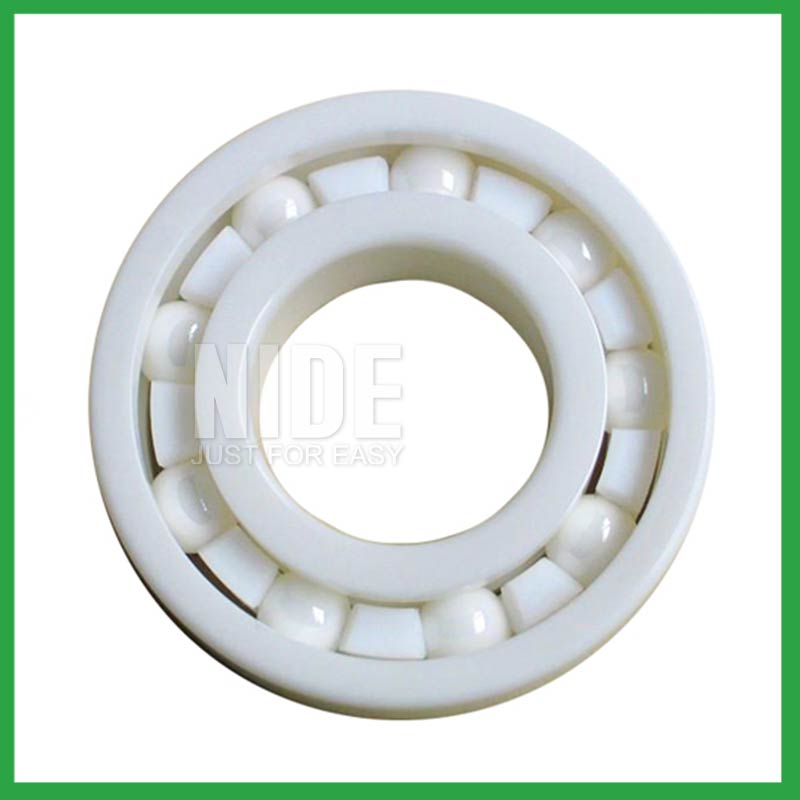
7.What is a ball bearing?
A ball bearing is a type of rolling-element bearing that uses balls to maintain the separation between the bearing races.
The purpose of a ball bearing is to reduce rotational friction and support radial and axial loads. It achieves this by using at least two races to contain the balls and transmit the loads through the balls. In most applications, one race is stationary and the other is attached to the rotating assembly (e.g., a hub or shaft). As one of the bearing races rotates it causes the balls to rotate as well. Because the balls are rolling they have a much lower coefficient of friction than if two flat surfaces were sliding against each other.
Ball bearings tend to have lower load capacity for their size than other kinds of rolling-element bearings due to the smaller contact area between the balls and races. However, they can tolerate some misalignment of the inner and outer races.
8.Can ina linear ball bearing operate in high-speed applications, and what design features make them suitable for such conditions?
They have very low rolling friction and are optimized for low noise and low vibration. This makes them ideal for high-speed applications. ina linear ball bearing are comparatively easy to install and require minimal maintenance.
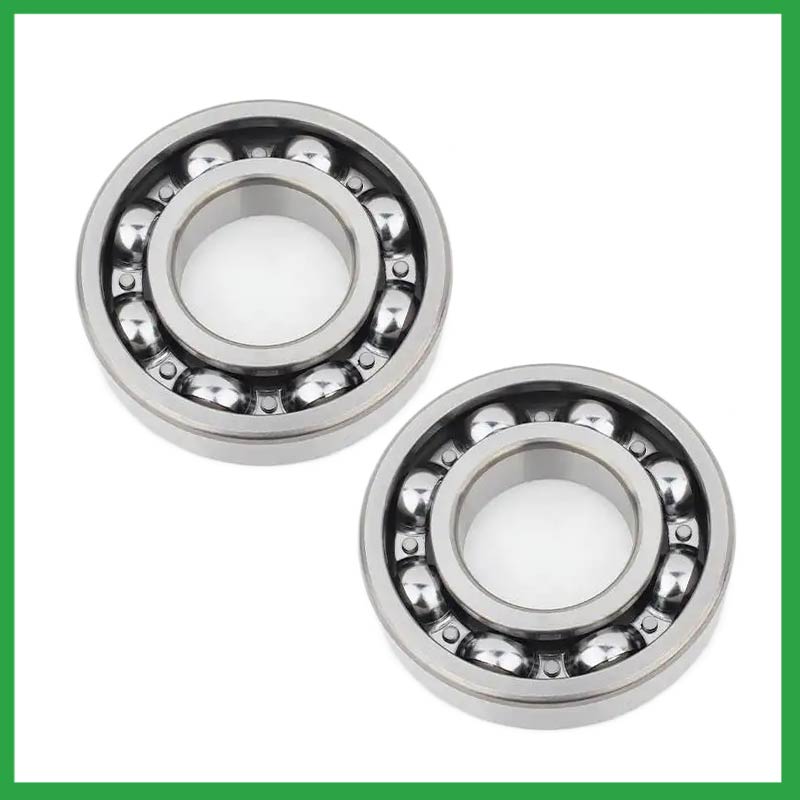
9.Can ina linear ball bearing be used in both vertical and horizontal orientations?
Sleeve Bearings: Sleeve bearings, also known as plain bearings, employ a simple yet effective mechanism. A cylindrical sleeve separates the rotating shaft from the stationary portion of the bearing, reducing friction and enabling smooth rotation. Sleeve bearings are characterized by their quiet operation, cost-effectiveness, and suitability for horizontal mounting orientations.
Ball Bearings: Ball bearings introduce small metal balls between the moving parts, providing enhanced durability and reduced friction. This design allows for smoother and more efficient rotation, making ball bearings well-suited for high-performance applications and vertical installations.
10.Are there ina linear ball bearing designed for extreme temperature environments, such as cryogenic or furnace applications?
High temperature ina linear ball bearing use specialized lubricants to stand up to high temperatures. Grease-packed bearings are pre-filled with fluorine grease for high temperatures, while YS and SJ bearings use molybdenum disulfide (MoS2) solid lubricant to withstand temperatures up to 350°C and 400°C respectively.
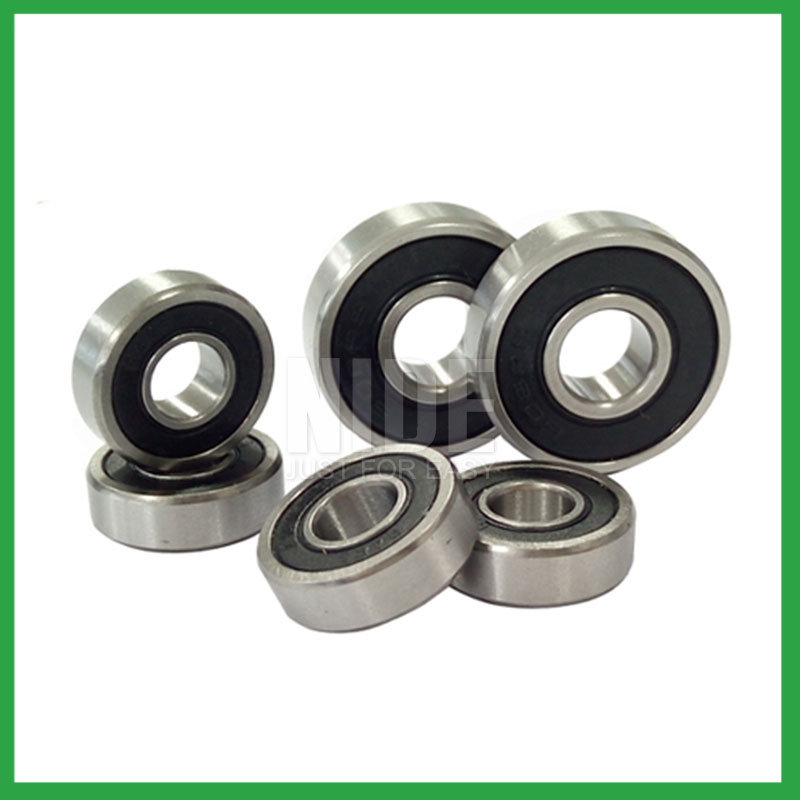
11.Can ina linear ball bearing be used in vacuum or cleanroom environments, and what measures are taken to prevent outgassing or contamination?
Bearings specify stainless steel for vacuum or cleanroom applications as stainless steels used for the rings, balls and retainer exhibit low outgassing. They usually supply open or shielded stainless steel bearings as vacuum bearings as these will outgas less than a nitrile rubber sealed bearing.
12.About ina linear ball bearing,What about the lead time?
3-7 days for samples, 3-4 weeks for mass production.
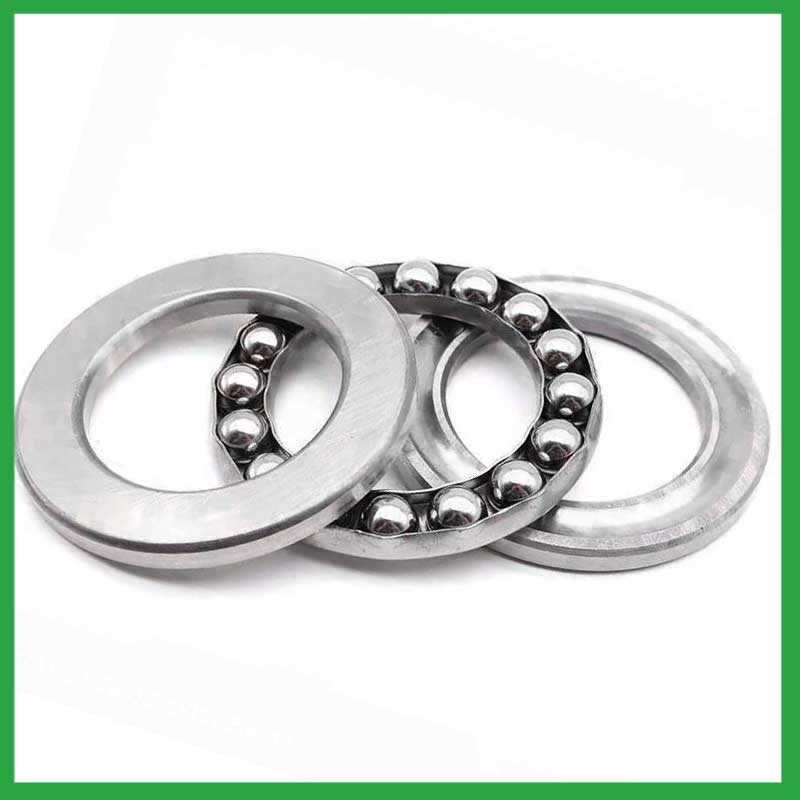
13.What are the common materials used in ina linear ball bearing manufacturing?
Most ina linear ball bearing are made of a type of steel known as high carbon chromium steel, often called chrome steel. This is used for reasons of cost and durability. Bearings are also made from other materials such as stainless steel, ceramics and plastic.
14.What is the role of ina linear ball bearing in reducing friction and energy loss in rotating machinery?
ina linear ball bearing reduce friction by using smooth balls lubricated with oil or grease that freely roll between a smooth inner and outer surface. The main concept of the ball bearing is that objects that roll past each other produce less friction than if the objects were sliding against each other.
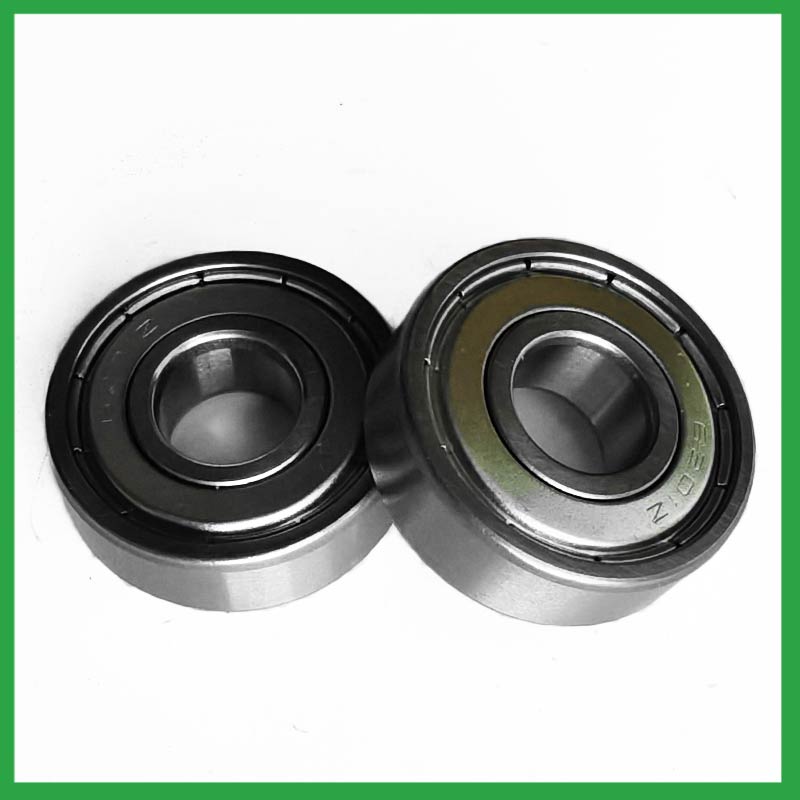
15.Are there ina linear ball bearing designed for use in critical medical equipment?
Precision ina linear ball bearing are among critical components in medical devices that are vital to ensuring patient safety. Correct choice of suitable ball and ring materials and the right product design can ensure high-precision bearings — and medical devices — have a long service life.
Precision bearings are used in a wide variety of medical devices including surgical power tools, ventilators and heart pumps — and patient safety depends on them all. Whatever the device, there is an onus on medical device original equipment manufacturers (OEMs) to ensure that the right type of bearings are chosen, and fit precisely into the application.
16.Are there miniature ina linear ball bearing designed for use in precision instruments and small-scale mechanisms?
Miniature bearings, despite their small size, play a significant role in various industries and applications. These compact powerhouses, typically measuring less than one inch in outer diameter, offer exceptional precision, durability, and reliability. Miniature bearings find extensive use in precision instruments and robotics.
